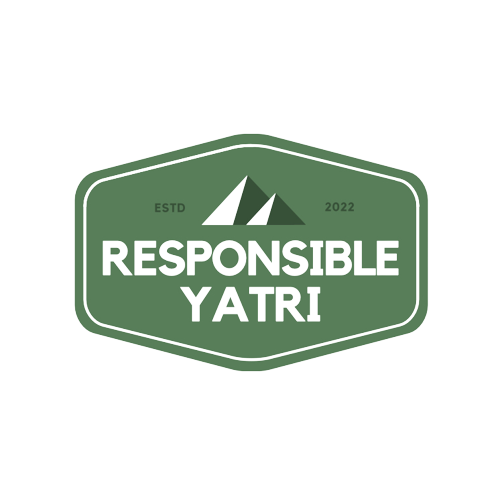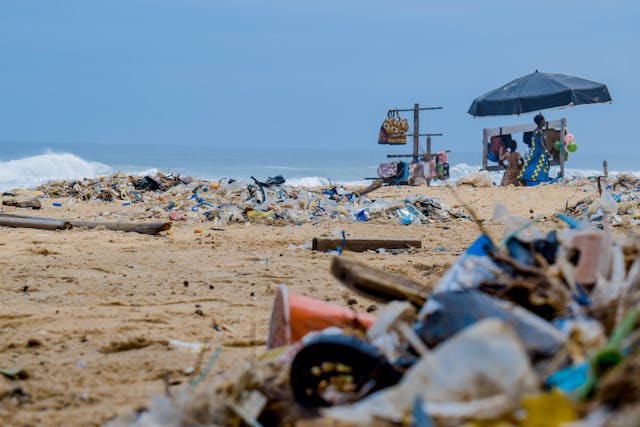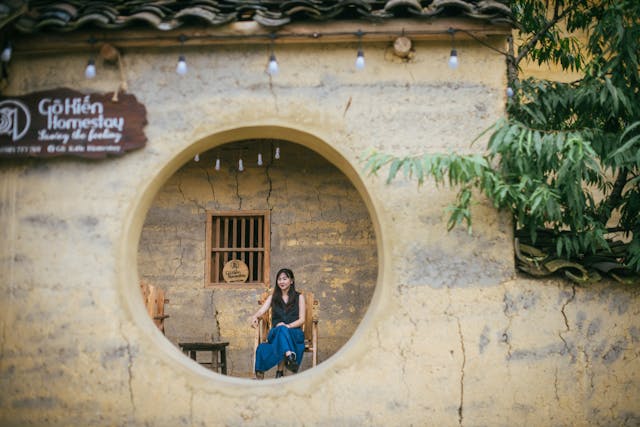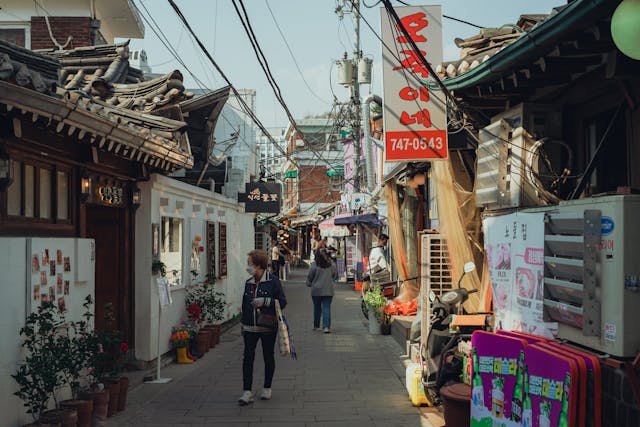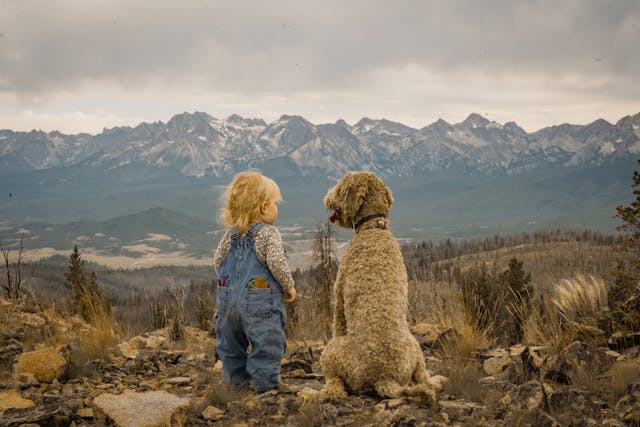In a world where everything is fast-paced and instant, the idea of slowing down and truly savoring life is gaining traction, especially when it comes to travel. Slow travel is more than just a trend; it’s a lifestyle choice that encourages responsible tourism and allows travelers to connect deeply with the places they visit. Here’s why slow travel is the future of responsible tourism and how you can embrace it on your next adventure.
1. Understanding Slow Travel
Slow travel is about focusing on quality over quantity. Rather than rushing from one tourist attraction to another, slow travelers immerse themselves in a destination, spend more time in fewer places, and engage with the local culture, people, and environment.
- Experience, Not Checklists: Instead of compiling a long list of sights to see, slow travelers aim to experience a destination fully. This might mean spending a week in one village, learning the local language, or volunteering with community projects.
- Mindful Movement: Slow travel also emphasizes the journey itself. Taking scenic train rides, cycling between towns, or exploring on foot becomes an essential part of the experience.
2. Environmental Benefits of Slow Travel
Traveling slowly is a greener way to explore the world, and it reduces your carbon footprint significantly.
- Less Air Travel: By staying longer in one place, you can reduce the need for frequent flights, which are among the biggest contributors to global carbon emissions. When possible, opt for trains or buses, which have a much lower environmental impact.
- Supporting Local Ecosystems: Slow travelers tend to engage in low-impact activities, such as hiking, wildlife watching, or cycling, which are less harmful to the environment compared to high-speed tourism options.
3. Supporting Local Economies
One of the key principles of responsible tourism is to support local communities, and slow travel makes this easier and more effective.
- Staying in Locally-Owned Accommodations: Instead of large hotel chains, slow travelers choose small guesthouses, homestays, or eco-lodges. This ensures that the money spent benefits the local economy and supports small businesses.
- Shopping and Eating Locally: When you travel slowly, you have more opportunities to shop at local markets, dine at family-run restaurants, and buy handmade crafts. This helps artisans and farmers and keeps traditions alive.
4. Creating Meaningful Connections
Slow travel allows for genuine cultural exchange and deeper relationships with locals.
- Learning and Understanding: Staying longer in one place gives you the chance to learn about local customs, traditions, and ways of life. You can attend cooking classes, celebrate festivals, or engage in workshops led by locals.
- Giving Back: Many slow travelers choose to give back by volunteering their time or participating in community-led initiatives, such as beach cleanups, farming projects, or teaching language classes.
5. The Personal Rewards of Slow Travel
Beyond the environmental and economic benefits, slow travel offers personal growth and meaningful experiences.
- Lower Stress and More Relaxation: Rushing from one destination to the next can be exhausting. Slow travel encourages a more leisurely pace, reducing stress and allowing you to enjoy your trip without feeling pressured.
- Deeper Cultural Immersion: By spending more time in one place, you can immerse yourself in the culture, learn a new language, or develop a greater appreciation for local art, food, and history.
- Mindful Travel: Slow travel often inspires travelers to be more mindful and present, appreciating the little details of life, such as the aroma of freshly baked bread in a small village or the sound of waves crashing on an empty beach.
6. Tips for Embracing Slow Travel
Ready to slow down and travel more responsibly? Here are some tips to get started:
- Plan Fewer Stops: Focus on visiting fewer destinations but spending more time in each. This allows you to truly explore and get to know the place without feeling rushed.
- Choose Overland Travel: Opt for trains, buses, or road trips over flying. Overland travel is not only more environmentally friendly but also allows you to see the countryside and experience the journey.
- Stay in One Place Longer: Consider renting a place for several weeks and using it as your home base. This way, you can explore at your own pace and get to know the community better.
- Engage with Locals: Take part in local events, workshops, or guided tours led by residents. Be curious and open to learning about different ways of life.
- Practice Mindful Activities: Spend time hiking, meditating, journaling, or practicing yoga in nature. Slow travel is also about inner exploration and taking time for self-reflection.
7. Slow Travel Destinations to Explore
If you’re wondering where to go for a slow travel experience, here are a few ideas:
- Kerala’s Backwaters, India: Rent a houseboat and explore the serene backwaters, soaking in the lush greenery and savoring authentic Kerala cuisine.
- Andalusia, Spain: Spend your days wandering through historic towns, learning flamenco, and sampling local tapas without rushing from one city to another.
- Sikkim, India: Immerse yourself in the peaceful rhythm of mountain life, visit monasteries, and participate in local agricultural practices.
- Tuscany, Italy: Live like a local in a countryside villa, enjoy slow-cooked meals, and explore charming villages by bike.
Slow travel is about quality over quantity, experiences over checklists, and connection over superficial tourism. By adopting a slower pace, we can travel more sustainably, support local communities, and create lasting memories. In a world that’s moving faster than ever, slowing down might just be the most responsible—and rewarding—way to travel.
